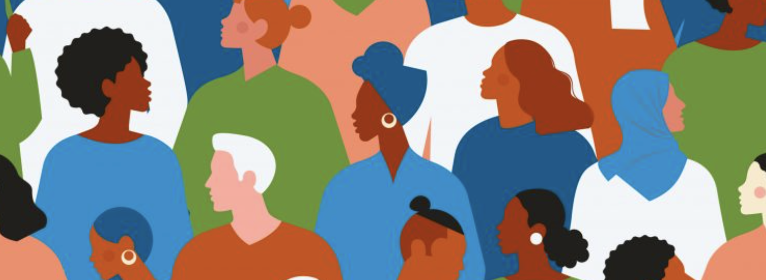The Gap in Access

VICTORIA JIMACHEU – Healthcare. A much debated and discussed topic in all aspects of media, especially with the impact of Covid-19. Whether it is the power of Big Pharma or the logistics behind certain aspects in medicine, it is debatable that none of these topics are as complex as the topic of disparities in the land of healthcare. It is no secret that race and socioeconomic factors play a formidable role in these disparities.
Health disparities, as they pertain to race can be convoluted because of the different interpretations. There are racial health disparities that may be categorized as biological, which is inherited differences in the susceptibility of diseases. There are also racial disparities that are influenced by class. This is important to remember that both race and class health disparities can exist together and separately.
It is not just the categorization that makes analyzing such disparities in health care so complex, but it is also the reasoning for why such things happen. In particular, Black women are three to four times more likely to die during childbirth than white women. The reasoning behind this is complex. According to Dr. Ana Langer, “Lack of access and poor quality of care are leading factors, particularly among women at lower socioeconomic levels. Basically, Black women are undervalued. They are not monitored as carefully as white women are. When they do present symptoms, they are often dismissed.” This treatment has presented itself to even the most high profile of individuals such as Beyonce, and Serena Williams who have shared their own pregnancy health scares. There is an implicit bias against people of color, primarily Black women, and the authenticity of their symptoms and concerns.
The CDC has revealed that social factors affect POC at a more predominant rate compared to other races in the United States. These social factors include unemployment, poverty, lack of home ownership, and many others. Such details can impact the quality of healthcare a person can afford and this is even more transparent in the psychiatric realms of this study. A white paper from Cigna reports black individuals were 20% more likely to report psychological distress yet 50% less likely to receive medical support or counseling due to the socioeconomic factors listed above. This has translated to Black Americans having high rates of high blood pressure, diabetes, and hypertension.
Another aspect of the disproportionate representation and analysis of people of color in medicine is health insurance. According to the U.S. Department of Health and Human Services Office of Minority Health, “58 percent of the African-American population lived in the South as of 2017.” African-Americans living in the South are also more likely to be uninsured, with Texas, Florida, and Georgia having the largest percentage of uninsured African-Americans. Black Americans tend to have less affordable insurance options as opposed to white Americans. This is displayed in nearly 14.3% of those aged 8-46 who lack any health coverage; primarily because people of color are more prone to growing up in families who are employed to employers who do not offer the kind of coverage they need. According to the KFF (Kaiser Family Foundation), Hispanic people accounted for over half of the 1.1 million increase in the total sum of non-elderly uninsured between 2018 and 2019 alone. Limited rates of private coverage affect POC communities the most and this is reflected in aforementioned statistics above.
Though there are many discrepancies in accessibility to adequate and equal healthcare for individuals of color, there are also many ways to combat these inequities. According to the Harvard T.H. Chan School of Public Health, “In Philadelphia, a focus on prioritizing physical activity in schools and improving access to fresh foods has helped childhood obesity rates fall by 6.3% in the last seven years, with the biggest drops among Black and Asian children.” Having access to the correct data can allow for people to accurately quantify the disparities that exist. With this people can brainstorm the proper ways to intervene, create strong relationships with organizations that can address these root causes with solutions, and also advocate for policies at the state and federal level to ameliorate access for underrepresented communities. Specifically, expanding health coverage to racial/ethnic minority populations – who constitute only about one-third of the U.S. population – are disproportionately represented among those without any health coverage. Improving the number of and capacity of health insurance providers in underserved communities can also expand the access to the proper care in these communities. As for the mistreatment of people of color in medicine, there are several ways to strengthen communication and relationships between patients in underserved communities and providers. Increasing the use of medical interpretation services, expanding the diversity of health care professionals, and developing training programs and resources are all ways to ensure that minorities are heard, seen, and properly cared for in healthcare.
Copy Editor: Ruchi Shah
Photography Source: gastro.org/news/the-facts-about-gi-health-disparities/
